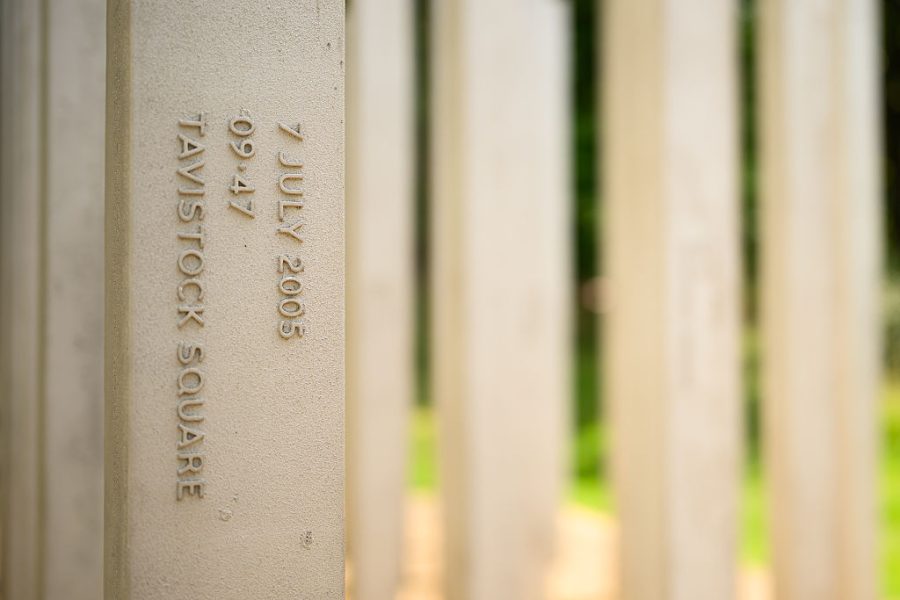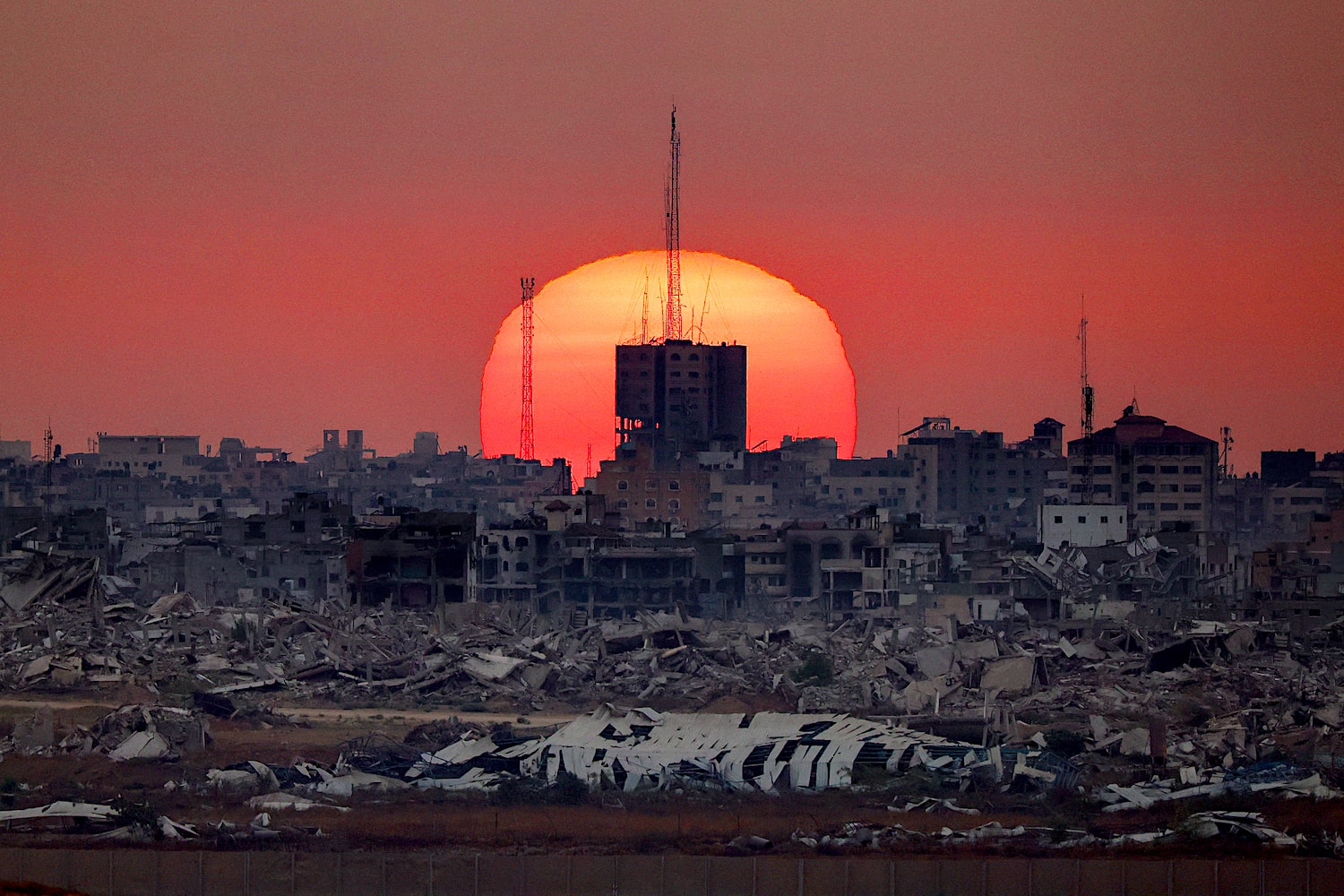When faced with a tragedy on the scale of last Saturday morning’s attack by Hamas terrorists on Israeli communities near Gaza, it’s natural to look to history for comparisons. Many did that over this week. The event that was mentioned most often was Israel’s previous intelligence failure at the start of the Yom Kippur War, exactly fifty years ago. Other military debacles that came up were Pearl Harbor, 9/11 and the 1968 Tet Offensive in Vietnam.
Israel has tried for so many years to pretend that the Gazans don’t actually live right alongside it
All had many points in common that are worth considering, but there is one major difference between those historic episodes and what happened on the Israel/Gaza border. Unlike Tet, where an American army had traveled halfway around the world, as had the Imperial Japanese Navy in Pearl Harbor and the 9/11 suicide–attackers, on Gaza’s borders, the attackers and victims were all living close by. Even in the Yom Kippur War, where Israel fought the neighboring Egyptians and Syrians, the armies themselves engaged in the remote vastness of the Sinai peninsula and on the Golan Heights. Most of the soldiers were many miles from home.
Not so with Hamas’s attack on Israel. The military wing of the radical Islamist movement is based on local battalions, each drawing its members from the same neighborhood or town. And their targets were the Israelis living in kibbutzim (traditional agriculture-based Israeli communes) and small towns just across the border. When I visited Kfar Aza on Tuesday, a kibbutz which was one of the scenes of the worst massacres on Sunday, I saw the bodies of residents being taken out of their tiny homes on stretchers. In the narrow street lay the bodies of their murderers, Hamas terrorists who had been killed by Israeli soldiers arriving tragically late.
The dead kibbutzniks and Hamasniks had spent most of their lives living just a couple of miles away from each other. They had ended their lives in a depraved spree with the terrorists hunting down little children in the neighboring community. As the paratroopers of a reserve battalion which had fought at close quarters in the kibbutz for three days inspected the last houses standing for any terrorists still lurking inside, they looked grimly at Gaza City just behind the breached border fence. “That’s where we have to go next,” one of them said quietly.
Of course, Israel and the Palestinians are by no means unique in having a long and bitter close-quarters war. There are plenty of neighboring tribes and ethnic groups around the world locked in eternal enmity. But in Israel’s case, it has tried for so many years to pretend that the Gazans don’t actually live right alongside it.
The high-tech systems Israel has used to protect itself from rockets and incursions from Gaza are not just examples of Israel’s technological prowess, but also a frame of mind. The Iron Dome missile defense system, the formidable border fence with its cameras and heat-sensors, the network of underground sensors detecting tunnels under the border, were all intended to convince Israelis that they could ignore Gaza.
And this was the concept that collapsed so catastrophically at 6:37 a.m. on October 7 as Hamas, under cover of a barrage of rockets, breached the border fence at twenty-nine locations and thousands of fighters stormed through, sowing chaos, death and destruction. Israelis believed they could build the systems that would allow them to forget Gaza, while Gazans thought about little else other than how they could remind Israelis of their existence.
Hamas owed its operational success to having studied for years every possible chink in Israel’s armor and having worked out ways to exploit it. They had tried to do so in the past and had, at most, partial success. But after every failure they learned their lessons and continued trying. And when they finally succeeded, it resulted in a terrible outbreak of sadistic violence — for which most of them paid with their lives. While the videos of terrorists dragging petrified children, women and the elderly back into Gaza have circulated widely, most of the terrorists never made it back.
An estimated 1,500 Palestinian gunmen died inside Israeli territory, killed by the local communities’ defense teams and soldiers who belatedly arrived at the scene. Not all of them were part of the original attack teams prepared, equipped and trained by Hamas. Many, to judge from their patchy uniforms (or lack of them) and weapons, seem to have been privateers and opportunists who, upon hearing that the border was suddenly open, grabbed guns and rushed in. Young Palestinian men who had never left the cramped and beleaguered coastal strip, crazed at the thought of what awaited them on the other side of the border. To reach Israel and die. Not only did they pay with their lives — they have now brought terrible destruction on their birthplace.
Israel cannot allow this to stand. Gaza cannot have this power over Israel. Deterrence has to be restored and there is only one way to do that. One thing the events of this week have proved is that Israel and Gaza are destined to stay together — at close quarters. And perhaps after more years of suffering, they will also find a way to live together.
This article was originally published in The Spectator’s UK magazine. Subscribe to the World edition here.

























